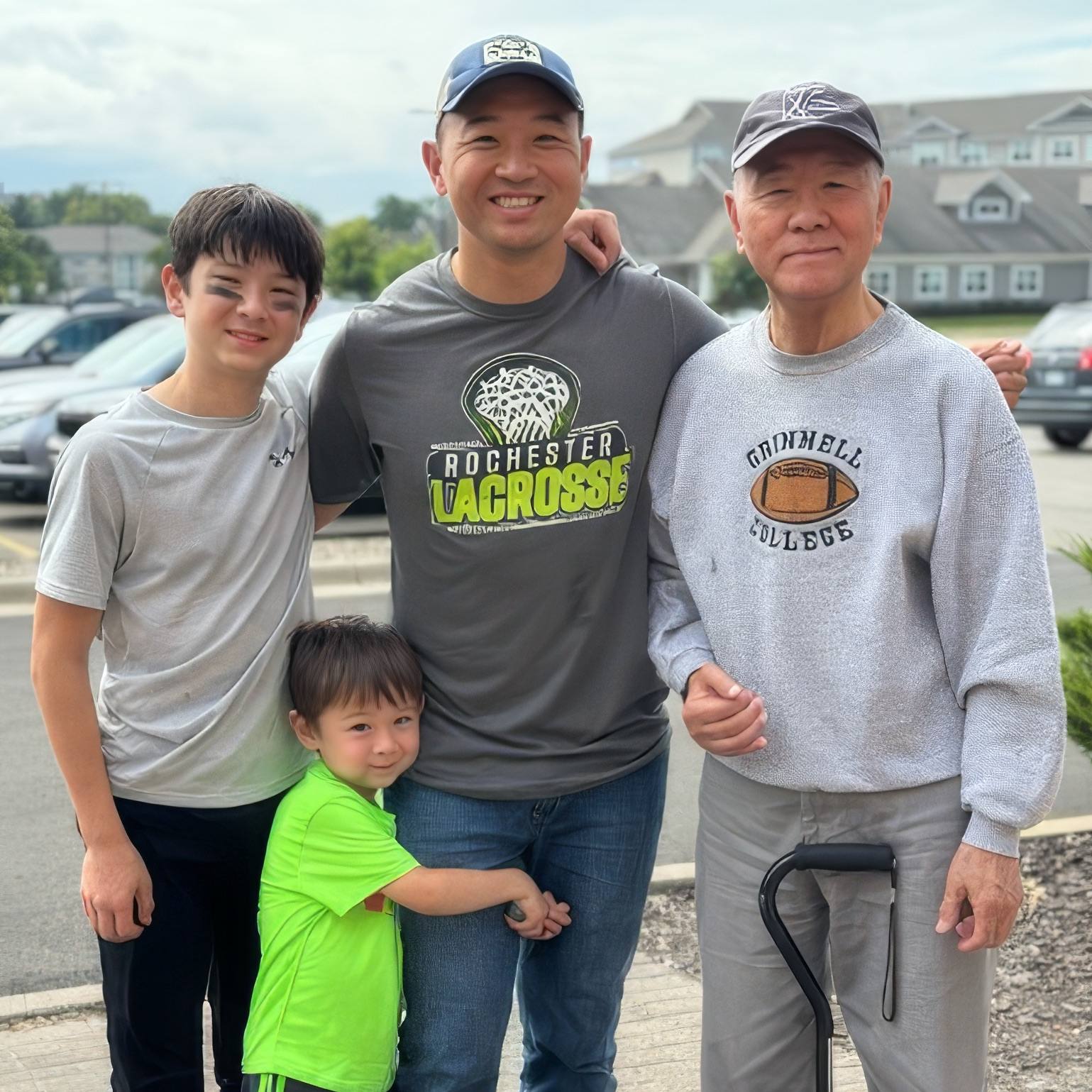-
Mayo Clinic Minute: Which snacks can trick your body into being satisfied on fewer calories?
Snack time can be a tricky time when you try to satisfy the urge to eat while avoiding a calorie overload. Katherine Zeratsky, a Mayo Clinic dietitian, says there are a few simple ways to trick your body into feeling full quicker and for a longer period of time without consuming extra calories.
Journalists: Broadcast-quality video pkg (0:58) is in the downloads at the end of the post.
Please 'Courtesy: Mayo Clinic News Network.' Read the script.
For many people, the afternoon lull is the toughest time to keep yourself from eating. This is when lunch feels like forever ago and dinner is still hours away.
"I think one of the key things ... is to truly, first, ask, am I hungry, or am I doing it out of routine or boredom, or some other reason," Zeratsky says.
She says if it really is hunger, some snacks are better than others.
"Our stomachs seem to be responsive to volume and weight," Zeratsky says.
That means some of the best snacks are the ones that physically fill your stomach but have minimal calories.
"Fruits and vegetables are 80 to 90 percent water," Zeratsky says. "They're bulky because they're fibrous. And, so, they're heavy and they take up space."
In a way, they trick your brain into thinking you've eaten more than you have. In many cases, fruits and vegetables can make your body feel full more quickly than eating a higher volume of other foods.
You also can trick your brain into making that feeling last longer by mixing in some protein and fat that take longer to digest. Think peanut butter on fruit, or hummus or guacamole on vegetables.
"And, so, if you fill up with fruits and vegetables but then have a little bit of protein and fat, that's going to digest slower, maintaining that feeling of satiety or that fullness," Zeratsky says.
It allows you to get the snack you need without the calories you don't.
Related Articles







